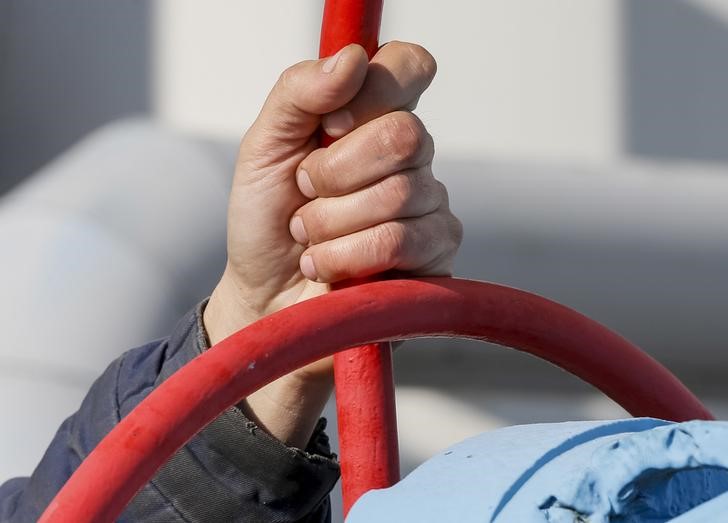Investing.com — U.S. natural gas inventories rose by 78 billion cubic feet, or bcf, last week, the Energy Information Administration, or EIA, said Thursday, announcing a higher-than-expected build in an oversupplied market that needs to see less stockpile increases and more demand in order to rally.
The build in for the week ended May 5 compares with the 76-bcf increase during the same week a year ago and a five-year (2018-2022) average build of 87 bcf.
In the previous week to April 28, utilities added 54 bcf to gas storage.
Industry analysts tracked by Investing.com had forecast a 74-bcf build for the week to May 5.
The latest build pushed up total gas stored in underground caverns in the United States to 2.141 trillion cubic feet, or tcf. That was 31.2% higher from the year-ago level of 1.632 tcf and 18.4% above the five-year average of 1.809 tcf.
“Precipitation and a low pressure system rolling through Texas currently have cooled the warmer temperatures that have materialized as of late reducing some of the necessary cooling demand,” said Houston-based energy markets advisory Gelber & Associates in a note on natural gas.
For a precise reading, heat data from Reuters-associated data provider Refinitiv showed there were around 62 heating degree days, or HDDs, last week compared with a 30-year normal of 47 HDDs for the period, according to data provider Refinitiv.
HDDs measure the number of degrees a day’s average temperature is below 65 degrees Fahrenheit (18 degrees Celsius) to estimate demand to heat homes and businesses.
After the release of Thursday’s inventory data, the most-active on the New York Mercantile Exchange’s Henry Hub tumbled to a session low of $2.167 per mmBtu or million metric British thermal units. It, however, recovered to trade up 4.1 cents, or 1.9%, to $2.232 per mmBtu by 10:45 ET (14:45 GMT).
A year ago, the benchmark gas contract on the Henry Hub was trading at between $7 to $8 per mmBtu, with a high of above $9 on fears of a supply squeeze triggered by the Russia-Ukraine conflict.
Read the full article here


